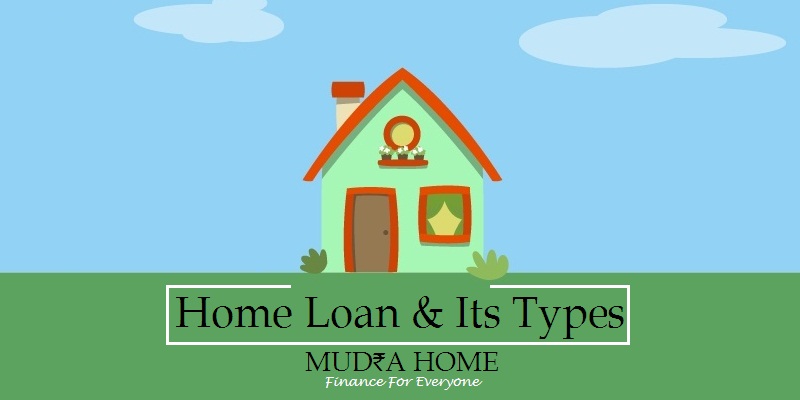
“Owning a home is a keystone of wealth – both financial affluence & emotional security.” A Home Loan is a great way to bridge the gap between your finances and the dream home that you always wanted to own. In India, the demand for home loans has increased manifold in the last decade.
Home loans are an attractive and the most popular means of buying a dream house for most people..
A basic definition of a Home Loan is it is a secured loan from a financial institution or a bank for the purchase a new house, including construction or renovation of the property. Home loans consist of an adjustable or fixed interest rate and payment terms. Home Loans are designed to help people purchase and/or construct or improve their real estate.
There are a variety of home loan options available to consumers, depending on their personal needs. Lenders in the form of banks and non-banking financial companies (NBFCs) provide home loans not only for buying houses but for a variety of related purposes.
The following are some popular types of home loans available in the Indian housing finance market:

The home purchase loans are the most popular and the most commonly available home loan variants. These loans can be used to finance the purchase of a new residential property or an old house from its previous owners. The property can be independent bungalow or a Flat. In this type of loan also, lenders usually finance minimum of up to 75% of the market value or 90% of the registration value of the house. This ratio is termed as Loan-to Value (LTV). The LTV usually changes as per the quantum of loan amount as per RBI guidelines. These loans are provided either on fixed interest rates or floating interest rates . All banking institutions and housing finance companies provide this type of loan.

These loans can be availed by those individuals who want to construct a house according to their wishes instead of purchasing an already constructed one. Under this loan the land on which the home construction has to happened should already be in the ownership of the borrower. The borrower has to make an estimate of the cost that will be incurred for the construction of the house and then apply for the loan with the same amount. The disbursement of these loan happens in tranches basis stages of completion of the property. These loans are provided either on fixed interest rates or floating interest rates . All banking institutions and housing finance companies provide this type of loan. The banks and NBFC finance the LTV upto 90% of the cost of home construction.

A home is usually said to be a reflection of its owner. You can now spruce up your home and make renovation a milestone as memorable and enjoyable as home buying. As the name suggests these loans are funded for executing repair works and renovations for a home you have already occupied. The loan covers expenses incurred on all kinds of renovations and repair works including internal and external painting, external repair works, electrical work, or even extension in the existing structure of the property. The banks and NBFC finance the LTV upto 90% of the cost of home construction .

Land purchase loans are taken to buy a plot of land on which a borrower wishes to construct his house. Most banks offer up to 85 percent of the price of the land. These loans can be availed for residential as well as for investment purposes. While you can avail up to 80-85% funding in a home loan (90% in some cases), for a land loan, the maximum LTV is stipulated at 70% of the plot value at best.

These loans are specifically designed to finance under construction properties primarily builders flats, Under the ‘Construction Linked Payment Plan’, the bank disburses instalments to the developer on your behalf for pre-decided construction milestones. Every time a certain level of slab is laid, the bank will release some percentage of the loan amount. These Construction-linked payment plans are tailored in such a way that by the time the last slab is laid, 95% of the unit’s price has been collected by the developer. The remaining 5% is demanded from the buyer when the developer offers possession of the unit. Only after the handover, will the buyer begin repaying the loan to the bank.

Home loan interest rates range anywhere between 9.1 % to 11 % and it is advisable that a borrower looks to reduce the interest rate if he has paid his EMIs diligently for a few years. The most common ways to reduce interest rates is to go for a balance transfer of the loan , Balance transfer of a loan happens when the entire unpaid principal loan amount is transferred to another bank for a lower rate of interest. The bank that had originally extended the loan to you gets the unpaid amount and you have to, in turn, now pay your EMIs at the new rate to the bank that has taken up the loan. Almost every bank in the country has a facility for a balance transfer of home loans and if you have been paying your EMIs regularly.
